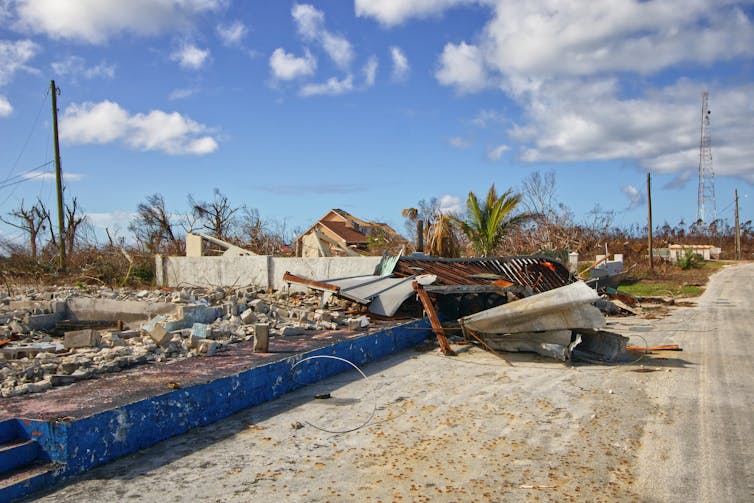As the gavel came down on the latest round of climate talks in Dubai, there were declarations of “we united, we acted, we delivered” from the COP28 presidency. This was met by a sense of déjà vu among delegates of the Alliance of Small Island States (Aosis), an intergovernmental organisation representing the nations most vulnerable to climate change.
In her post-summit statement, Aosis lead negotiator Anne Rasmussen expressed confusion that the UAE Consensus, COP28’s final agreement, was approved when representatives from small-island developing states (or Sids were not in the room.
While some delegates hailed the consensus as “beginning of the end” of the fossil fuel era, Aosis countered that the document contained a “litany of loopholes” which did little to advance the key actions needed to stave off climate breakdown and deliver justice to islands and low-lying states facing the gravest consequences of the climate crisis.
Read the full article here!

Comments
Post a Comment